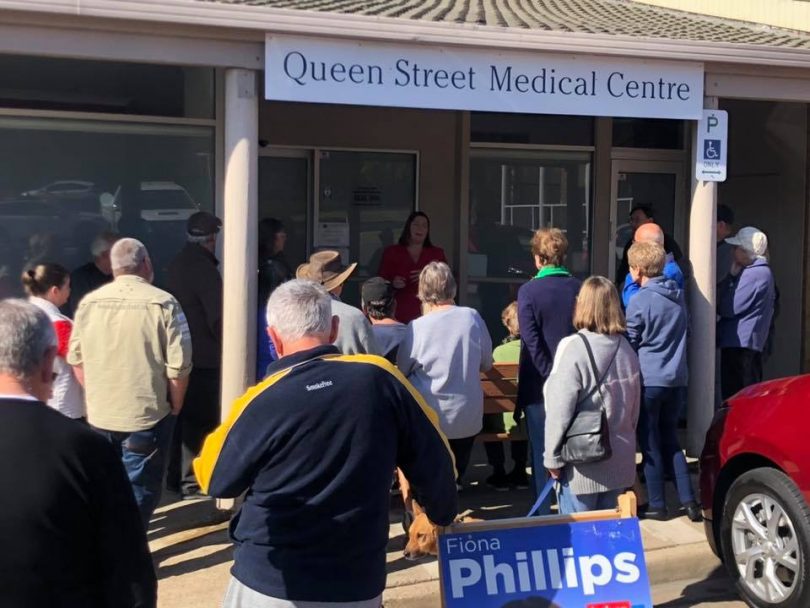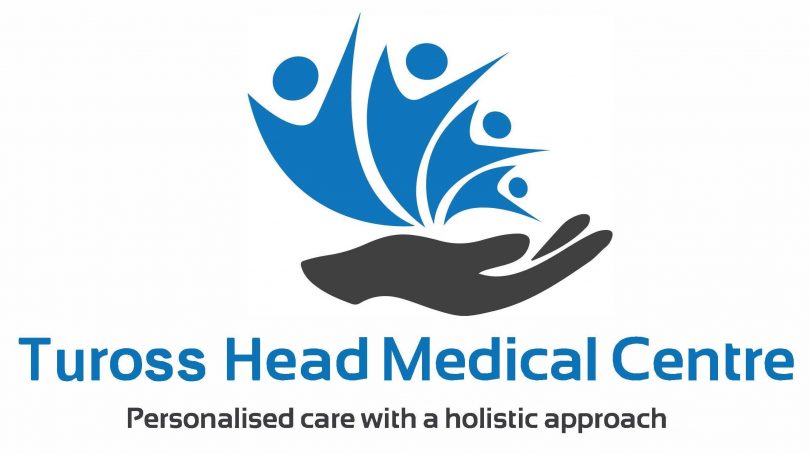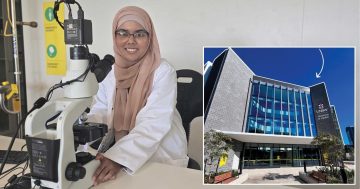
The Queen Street Medical Centre closed after serving Tuross Head for nine years. Photo: Fiona Phillips Facebook.
From rural India and the battlefields of Kashmir to bushfires and COVID-19 pandemic response in southern NSW, Dr Gurdeep Bagari is determined to provide healthcare in regional communities, no matter the cost. While working in Sydney, Dr Bagari felt a calling to the country and bought the Narooma Medical and Specialist Centre on the NSW South Coast. The practice is now expanding to Tuross Head, a community that lost its local medical facility – the Queen Street Medical Centre – more than a year ago.
“I have seen how people in regional areas suffer,” said Dr Bagari. “I have seen how rural communities need medical services and nobody is willing to provide it.
“I’ve always wanted to do something for the community. That’s why I am doing it, even though it is not great in a business sense.”
Enduring 12-hour days, skipping lunch and training three doctors, all while working as the main general practitioner is a normal day for Dr Bagari. His situation reflects challenges regional doctors face across Australia.
Practices are now supporting more communities with declining staff numbers, he said.
Dr Bagari added that practices experience significant financial challenges trying to match and compete with the salaries offered in the city.
“Being a regional area, the doctors who get their fellowship or are generally registered often move back to the city so it’s really hard to retain them here,” he said
Dr Bagari said the primary issue is enticing medical staff and doctors to work and stay in regional areas. The COVID-19 pandemic has also contributed to the problem following the Australian Medical Council’s postponement of clinical examinations, a requirement for new graduates entering the workforce.
After the Queen Street Medical Centre closed, medical appointments were relocated to the Moruya practice. Dr Bagari said the new Tuross Heads Medical Centre will help reduce pressure on the surrounding medical facilities in the region.

The new Tuross Head Medical Centre has been welcomed by patients of the NSW South Coast community. Photo: File.
“The practice will play a vital role, especially for elderly people, because we are planning to not only run it like a medical practice, but run it as part of the community,” he said.
“Focusing more on providing service rather than getting profit out of it, we will be planning to provide home visits for people who find it difficult to go and see a doctor.”
CEO of the Rural Doctors Association of Australia, Peta Rutherford, welcomes the new practice. She said rural and remote patients have higher levels of avoidable hospital admissions due to difficulty accessing healthcare.
“Certainly the issues of the distribution of the medical workforce prior to COVID-19 was at crisis point,” she said.
“Through COVID-19, it has been further exposed through the limitations of locums that have not been able to fill gaps.
“What we are seeing with COVID-19 is that the crisis itself has become a marathon, and now it is a challenge of balancing the crisis, as well as recovery, as well as bushfire recovery, all at the same time.”
Ms Rutherford said there is still work to be done surrounding workforce distribution, but access to medical care has been revolutionised during the pandemic through telehealth video conferencing services.
She said it is important to recognise changes emerging from the pandemic, and for communities to support new medical facilities in regional areas.
“COVID-19 has exposed some of the cracks,” said Ms Rutherford. “Now it’s a real opportunity to take some of the lessons learned and actually look at the money we are spending; look at how we are investing that money and reinvest it to ensure we create a much stronger system for the future.”
The Tuross Head Medical Centre has taken over the location of the previous Queen Street Medical Centre at Tuross Head. It provides general practice consultations, nursing services and minor surgical procedures. It is scheduled to open on 6 October, 2020.

Tuross Head Medical Centre will open on Queen Street on 6 October, 2020. Image: Supplied.










